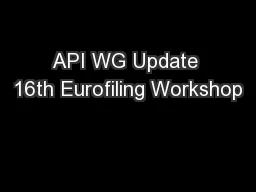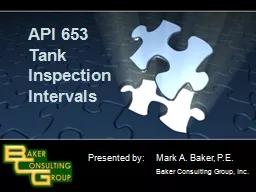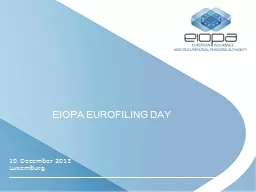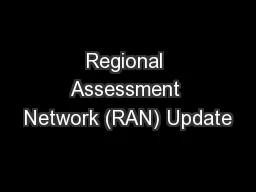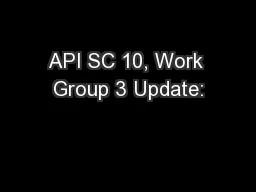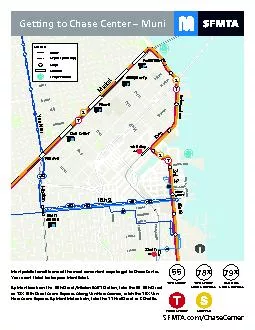PPT-API WG Update 16th Eurofiling Workshop
Author : phoebe-click | Published Date : 2018-03-07
Wednesday 12 December Herm Fischer API WG Objectives Goal To standardise the APIs created for XBRL by providing blueprints for them in the form of API signatures
Presentation Embed Code
Download Presentation
Download Presentation The PPT/PDF document "API WG Update 16th Eurofiling Workshop" is the property of its rightful owner. Permission is granted to download and print the materials on this website for personal, non-commercial use only, and to display it on your personal computer provided you do not modify the materials and that you retain all copyright notices contained in the materials. By downloading content from our website, you accept the terms of this agreement.
API WG Update 16th Eurofiling Workshop: Transcript
Download Rules Of Document
"API WG Update 16th Eurofiling Workshop"The content belongs to its owner. You may download and print it for personal use, without modification, and keep all copyright notices. By downloading, you agree to these terms.
Related Documents

